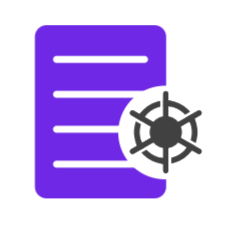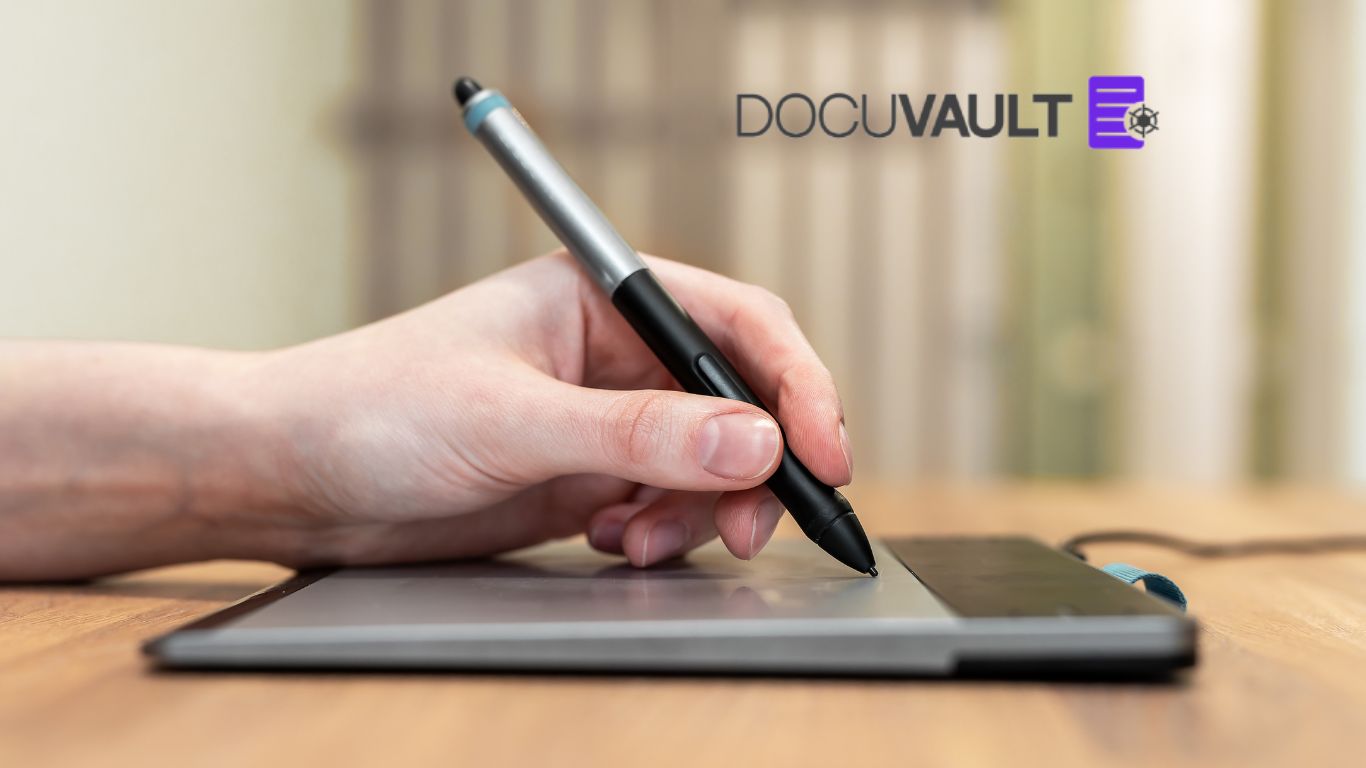What is a digital signature
An electronic signature is a broad term that encompasses various methods of signing documents electronically. This can include anything from simply typing your name in an email to using a stylus to draw your signature on a touch screen. While electronic signatures are generally less secure than digital signatures, they can still be legally binding depending on the jurisdiction and the context in which they are used.
On the other hand a digital signature is a cryptographic technique used to ensure the authenticity of electronic documents. It involves the use of mathematical algorithms and cryptographic keys to create a unique digital signature that is associated with the signer’s identity. Digital signatures are commonly used in document management, and other digital processes to provide a higher level of security and trust.
How digital signatures came into being
The concept of digital signatures dates back to the 1970s and emerged alongside the development of modern cryptography and the increasing use of computers for communication. The idea of using mathematical techniques to ensure the authenticity and integrity of electronic documents was the key idea behind digital signatures. In the 1970s the groundwork was laid with the development of public-key cryptography.
Whitfield Diffie and Martin Hellman introduced the concept in 1976, which allowed for the creation of key pairs: one private key and one corresponding public key. This breakthrough made secure communication and authentication possible over insecure networks.
Fast forward to the 1990’s which saw significant advancements in digital signature technology and its adoption. In 1991, Phil Zimmermann developed Pretty Good Privacy (PGP), an encryption software that incorporated digital signatures to ensure the authenticity of documents. This was widely used for secure communication.
In the same decade a few years down the line, The U.S. National Institute of Standards and Technology (NIST) published a Digital Signature Standard (DSS) that provided guidelines for implementing digital signatures using the Digital Signature Algorithm (DSA), a public-key algorithm designed for signing digital documents. The US legislation was also on the same page, passing The Uniform Electronic Transactions Act (UETA), which provided legal recognition to electronic signatures and digital signatures in electronic transactions. This marked a significant step toward the acceptance of digital signatures in legal and business contexts.
What’s the future of digital signatures
While the future is bright and exciting, it is also unpredictable. But we have a few ideas what technologies might influence digital signatures in the future, some of which are laid out below:
- Blockchain Technology: Blockchain technology has the potential to enhance the security and immutability of digital signatures. By storing digital signatures on a blockchain, it becomes even more challenging to tamper with or forge signatures, as the blockchain provides a decentralised and transparent ledger. This could be especially valuable for industries that require strong security and handle sensitive documents, such as supply chain management, real estate, and intellectual property.
- Biometric Authentication: As biometric technologies, such as fingerprint recognition, facial recognition, and iris scanning, become more sophisticated and widespread, they could be integrated into digital signature processes for enhanced authentication. Biometric data could be used to verify the identity of the signer, making digital signatures even more secure and difficult to falsify.
- Mobile and Remote Signing: The ability to sign documents using mobile devices has already become commonplace. In the future, remote signing technologies, such as remote online notarization, could gain prominence, allowing signers to securely sign documents from anywhere, while adhering to legal requirements.
Hence, digital signatures are key when it comes to sharing information securely, thus making internal and external document sharing and accessing safer. Signatures in documents will ensure only required stakeholders can view, assess and authenticate them, avoiding data leaks, fraudulent activities or data tampering.
Looking for a secure Salesforce document management solution that incorporates your processes and requirements, while keeping your stakeholders involved and updated? Try out DocuVault. Docuvault seamlessly integrates with industry leading E-signature apps like Docusign and Adobe Acrobat Sign keeping your documents safe and secure!





